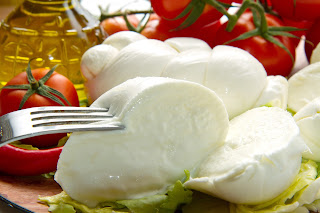 |
| Narenjestan-e Qavam, a traditional house, now a museum, in Shiraz,Iran |
While living in Verona I made another special friend. Let’s call her Fatemeh. We met at the park where her boys tore around the playground with my boys. Fatemeh was born in Iran. Her Italian husband was an engineer and worked in the Middle East for an Italian construction firm. He met Fatemeh when she was 16, married her and moved her to Verona. I think he was twenty years her senior, chubby and balding.
When I met Fatemeh, she had five boys aged 6 to 16. She was heavy-set and somewhat unkempt. But I think she must have been a beautiful young girl. Although she wasn’t that much older than me, she seemed a mature woman. Her husband continued to work in the Middle East and was gone for months at a time. Fatemeh was in charge of the family domain. This included a large house in Verona surrounded by gardens as well as a farm and vineyard out in the countryside. She spent her life running back and forth, taking care of difficulties and disasters all with equanimity.
 |
| An exquisite carpet. |
Her house was decorated with heavy Italian furniture with Persian accents: Persian carpets, intricate wall hangings, lace and bronze. Fatemeh invited me over in the afternoon for coffee. The boys ran ragged around the house. It always felt as though a volcano was about to erupt but Fatemeh smiled placidly and prepared the coffee. It was what we would call Turkish coffee. It was served with little square sweets. After we had finished our coffee there was a dark sludge of grounds at the bottom of the cup. Fatemeh was an imaginative fortune teller. She spent considerable time studying these grounds and giving me her expert advice for the coming days.
One year Fatemeh invited us to a New Year's party. There were lots of people and lots of delicious food...Italian and Iranian. I remember there was cotechino with lentils for good luck in the new year and platters of a Baklava-type dessert dripping with honey. A special wine from the family’s vineyard watered the meal. The music varied from canzone napolitana: think O Sole Mio and frenetic Iranian music. The children ran around, busy and happy until they fell asleep on a chair or the floor.
At the entrance to Fatemeh’s house were two large Persimmon trees. I remember visiting on a foggy day. The world was grey and opaque. The bright orange fruit glowed on the tree. As I entered I could hear the muffled plop as a heavy, ripe persimmon hit the leaf-strewn ground. I'm told persimmons symbolize transitions. And aren’t transitions the very of essence of our lives?

































